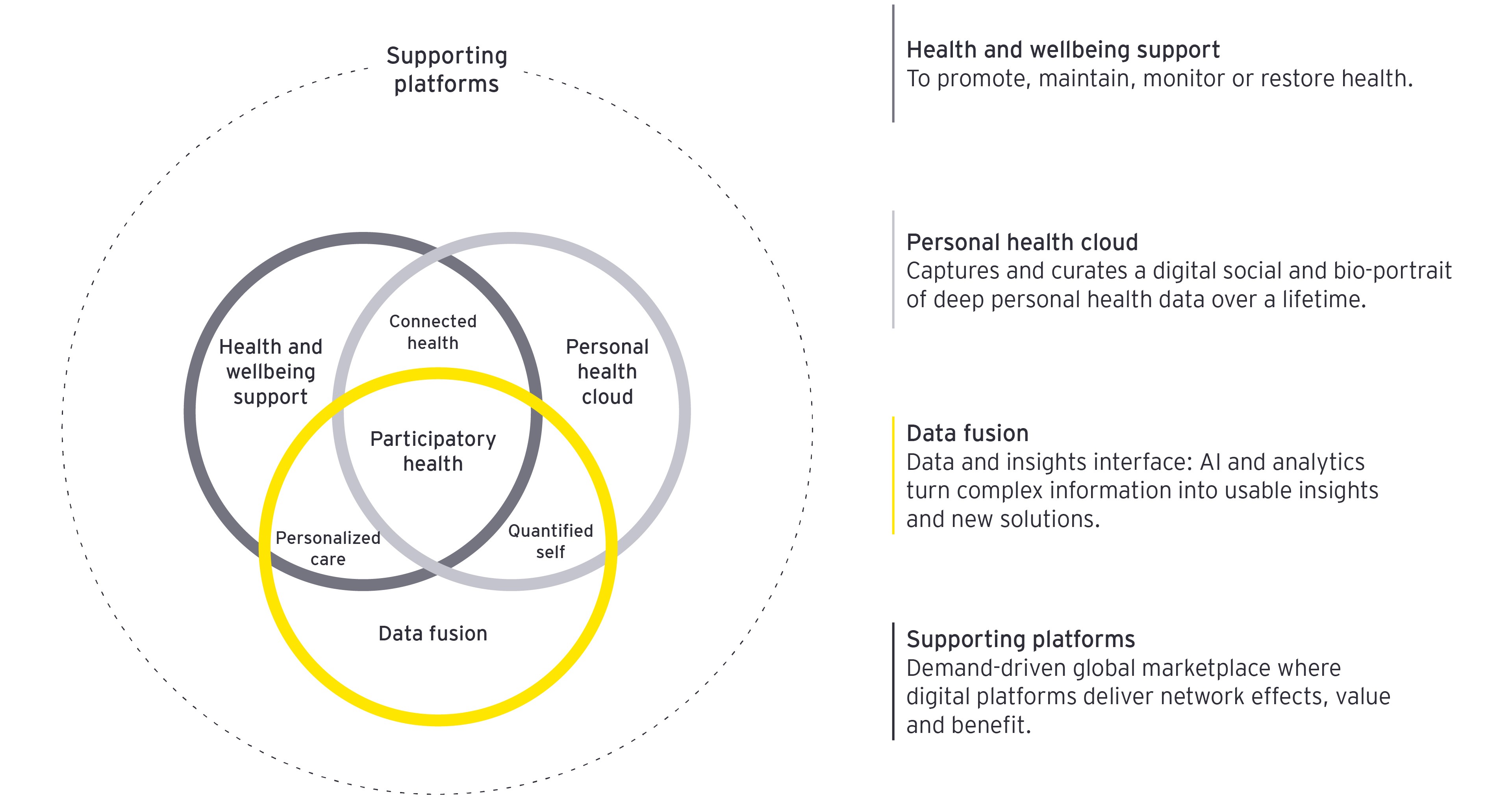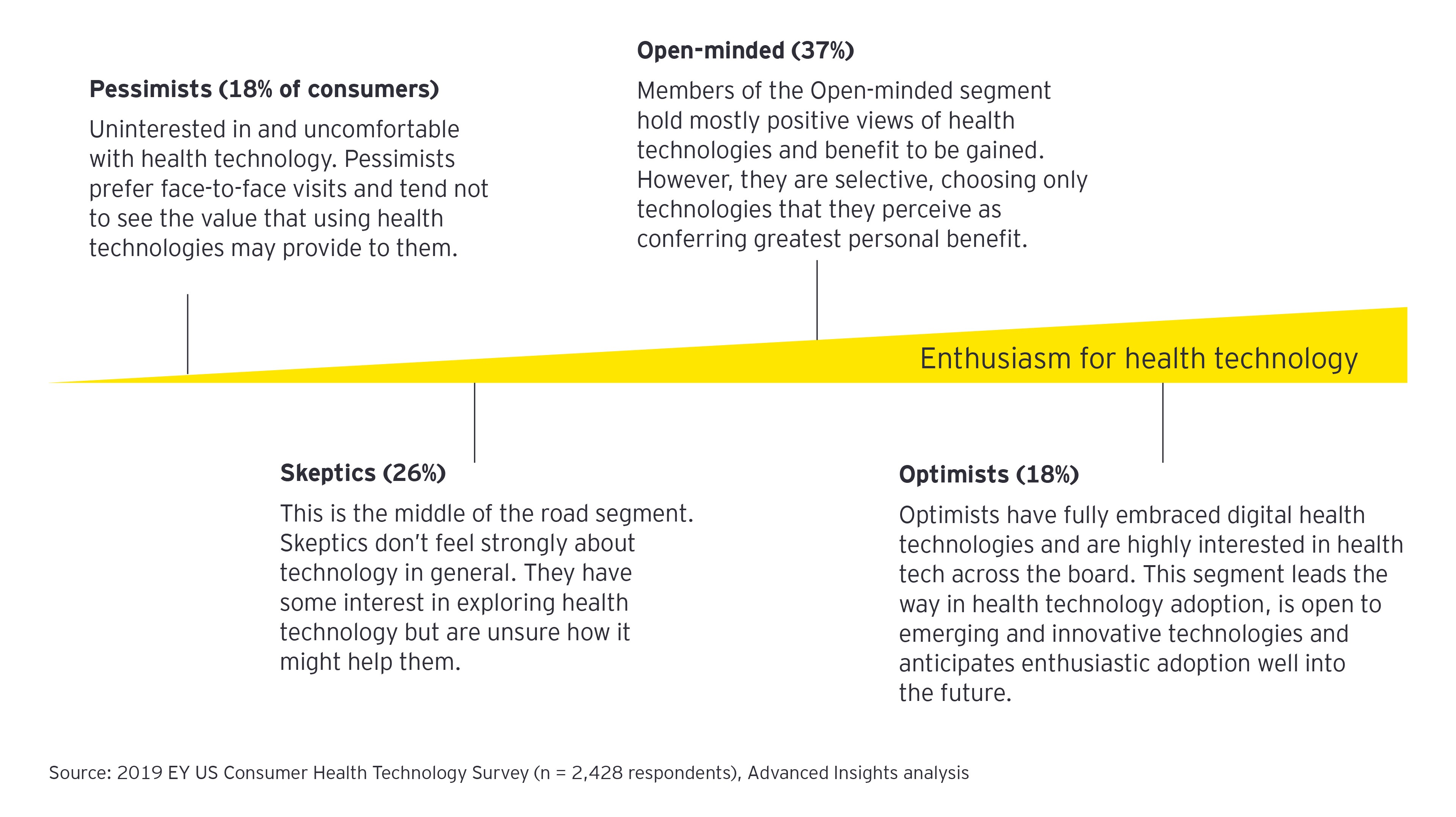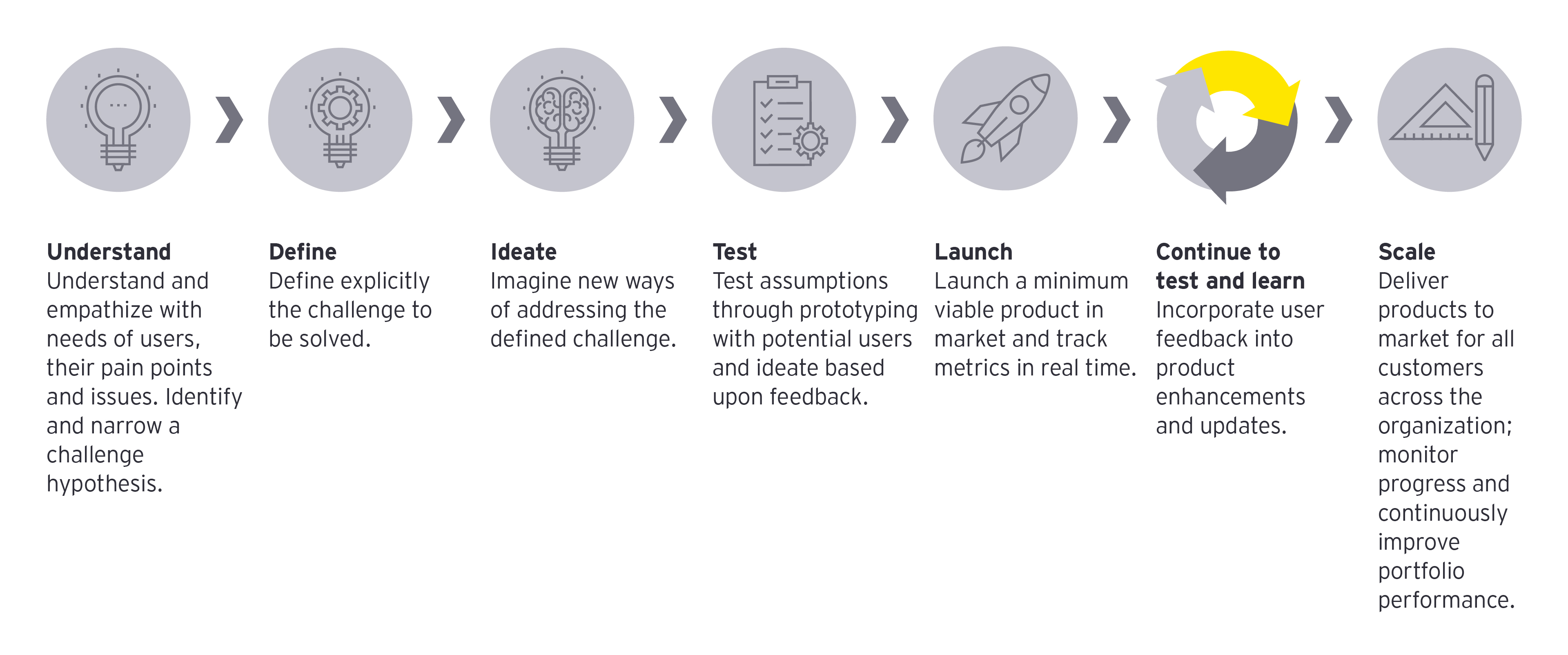Good consumer experiences flow through to better workforce experiences and vice versa. Both are good for business and should be a top priority for all health care organizations. The bottom line is health care organizations need an enterprise-wide perspective that includes people on both sides of the care delivery equation to enable the best, most efficient care, at the right place and at the right time.
For health care consumers, positive experiences can impact care outcomes, the ongoing relationship with the health care provider, and the likelihood of adhering to treatment, as well as seeking care proactively in the future. Designing smarter care pathways make it easier for consumers to engage with health for prevention, rather than just when sick. This extends to infrastructures that support behavioral change over extended periods and also facilitate low-effort data gathering, including the integration of social determinants data with the clinical, for better outcomes.
For the workforce, the smart health experience starts with the digital transformation of the enterprise, which we discuss in other articles in this Smart Health series. In combination, smart health technology, along with the human touch, offer the opportunity to change care delivery in ways that matter to both physicians and patients.
Comprehensive longitudinal data sets, improved data flow and care coordination inherent in smart health systems generate insights for patients and clinicians. This includes such things as individualized care pathways for chronic condition management and behavioral engagement through artificial intelligence (AI)-enabled tools.
The digitization and automation of existing processes can reduce repetitive, low value tasks, freeing staff time and energy for patient engagement and clinical care.1 These technologies power innovative solutions that can lower staff burden and reduce burnout and turnover.2 Clinical productivity can be enhanced as the rapid dissemination of best practices and evidence-based medicine can change deep-seated habits and reduce variability and waste and improve patient outcomes.3
As we move into the next generation of health care, the care model is shifting to one that is preventive, personalized and participatory (Figure 1). The health system of the future will be digitally connected, consumer-centric and focused upon wellness. Patient engagement tools, virtual care, smart homes and AI-powered analytics will give people the tools to manage their health, lifestyle choices and chronic conditions in vastly different ways.
However, technologies that uplift the end-to-end experience and remove silos by connecting the care continuum are just one part of the solution. The other is a relentless focus on the human side of care. Getting the experience right means understanding and valuing people for who they are and the unique set of needs, specific to each individual’s health and wellness journey.
For consumers, this means treating people as individuals through highly personalized care and proactive engagement that is tailored to them, or to the “N of 1”and, for the workforce, a meaningful engagement with their work in a low friction, highly modernized and inspirational environment.
Figure 1: A participatory health paradigm





